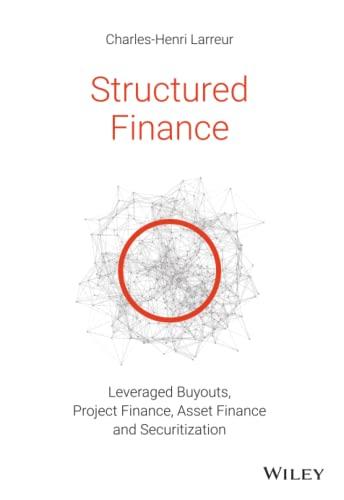Answered step by step
Verified Expert Solution
Question
1 Approved Answer
BioCom, Inc.: Part 3 , A Fresh Look at the WACC. In the course of discussing the fiber - optic blood pressure monitor project that
BioCom, Inc.: Part A Fresh Look at the WACC. In the course of discussing the fiberoptic blood pressure monitor project that we introduced in Chapter a recently hired financial analyst who is working on her MBA asks how the company arrived at as the discount rate to use when evaluating capital budgeting projects. Her question is followed by an embarrassing silence that seems to last forever. Eventually, the comptroller, who has been with the company for many years, offers an explanation. When the company first began to use discounted cash flow methods for capital budgeting decisions in the s it hired a consultant to explain internal rate of return and net present value. The consultant used in all his examples, so BioCom did the same. By the late s interest rates had fallen considerably, and the company was rejecting some seemingly profitable projects because the hurdle rate was too high, so it lowered it to As far as he knew, that was the end of the story. Interestingly, many participants in the discussionlong dasheven those who are not from accounting and financelong dashare aware of the weighted average cost of capital and have a good idea of how to compute it but no one had ever attempted to do so for BioCom. After a brief discussion, they ask the person who raised the question in the first place to analyze the company's debt and equity and report back in a week with her estimate of the company's weighted average cost of capital. She begins by gathering the following information: BioCom has two outstanding bond issues. Bond matures in six years, has a par value of $ comma has a coupon rate of paid semiannually, and now sells for $ comma Bond matures in sixteen years, has a par value of $ comma has a coupon rate of paid semiannually, and now sells for $ comma The preferred stock has a par value of $ pays a dividend of $ and has a current market value of $ The common stock sells for $ per share and recently paid a dividend of $ The company expects dividends to grow at an average annual rate of for the foreseeable future. The riskfree rate is the expected rate of return on the market portfolio is BioCom's beta is and its marginal tax rate is BioCom's capital structure is shown in the popup window:LOADING.... Assist the financial analyst by answering these questions.QuestionsCompute the yield to maturity and the aftertax cost of debt for the two bond issuesCompute BioCom's cost of preferred stockCompute BioCom's cost of common equity. Use the average of results from the dividend growth model and the security market lineCompute BioCom's weighted average cost of capital. Should you use book values or market values for this computation?BioCom could sell new bonds with maturities of twenty years at approximately the same yield as bond It would, however, incur flotation costs of $ per $ comma of par value. Estimate the effective interest rate BioCom would have to pay on a new issue of longterm debtSome of BioCom's projects are low risk, some average risk, and some high risk. Should BioCom use the same cost of capital to evaluate all its projects, or should it adjust the discount rate to reflect different levels of risk?

Step by Step Solution
There are 3 Steps involved in it
Step: 1

Get Instant Access to Expert-Tailored Solutions
See step-by-step solutions with expert insights and AI powered tools for academic success
Step: 2

Step: 3

Ace Your Homework with AI
Get the answers you need in no time with our AI-driven, step-by-step assistance
Get Started


